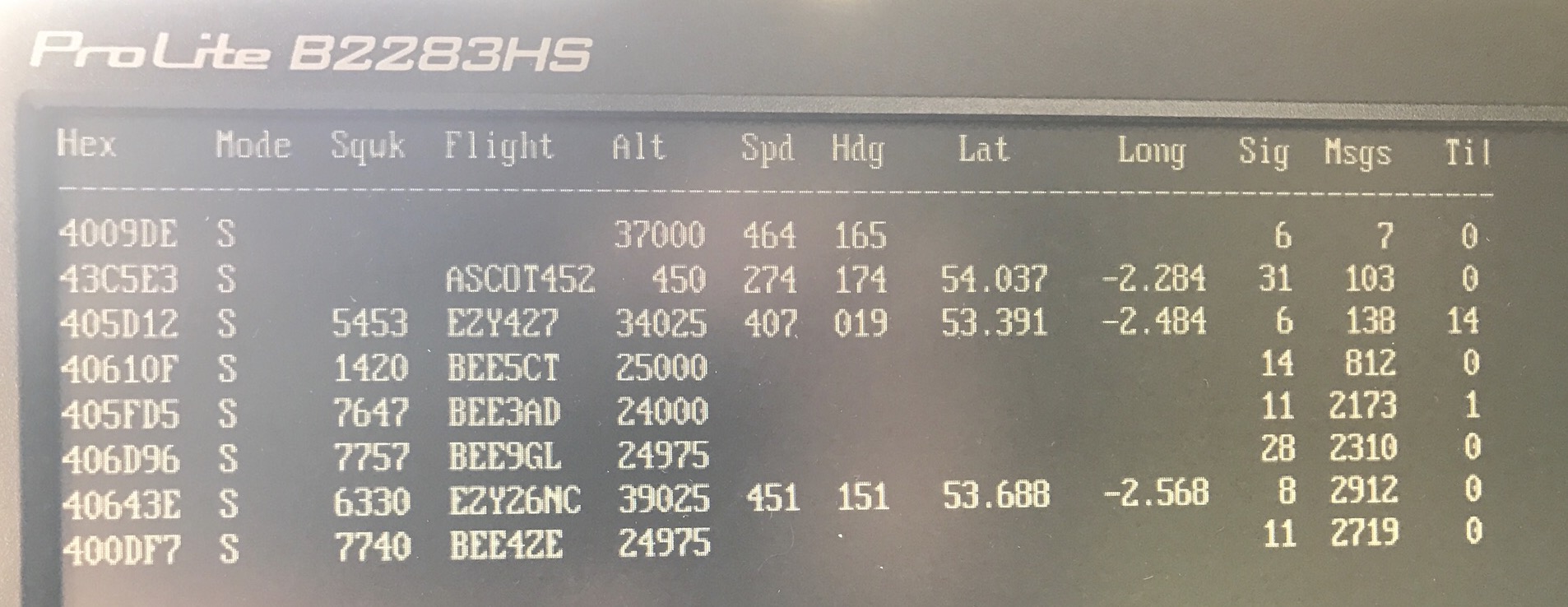I live in an area that the RAF like to use as their playground. While I am careful to keep the 'Manic Crow' below 400 feet, they don't seem too worried about flying below 500. As a bit of a hacker and a Raspberry Pi enthusiast I decided to have a go at making a portable low flying aircraft alarm.
This afternoon I put together a basic system with Pi and a USB TV dongle. I installed the RTL-SDR drivers and a program called dump1090. This program receives and decodes the ADS-B transmissions from aircraft and is usually used to forward that data to systems such as Planefinder. Many aircraft send their full location and alrtitude data, but the RAF generally only show their altitude. My intention is to modify the dump1090 program to trigger a sound when it receives a transmission which shows altitude below, say, 2000 feet, with a good signal strength.
Just as I was starting to pick through the source code of dump1090, there was an almighty roar just above my head as an Airbus A400m rattled the roof tiles. Glancing across at the monitor at my side, it showed an aicraft with a callsign ASCOT452 and an altitude of 700 feet. My house is at 550 feet above sea level. As the plane descended into the valley its altitude dropped to 450 feet.
I think I just convinced myself to continue with my project.
This afternoon I put together a basic system with Pi and a USB TV dongle. I installed the RTL-SDR drivers and a program called dump1090. This program receives and decodes the ADS-B transmissions from aircraft and is usually used to forward that data to systems such as Planefinder. Many aircraft send their full location and alrtitude data, but the RAF generally only show their altitude. My intention is to modify the dump1090 program to trigger a sound when it receives a transmission which shows altitude below, say, 2000 feet, with a good signal strength.
Just as I was starting to pick through the source code of dump1090, there was an almighty roar just above my head as an Airbus A400m rattled the roof tiles. Glancing across at the monitor at my side, it showed an aicraft with a callsign ASCOT452 and an altitude of 700 feet. My house is at 550 feet above sea level. As the plane descended into the valley its altitude dropped to 450 feet.
I think I just convinced myself to continue with my project.













